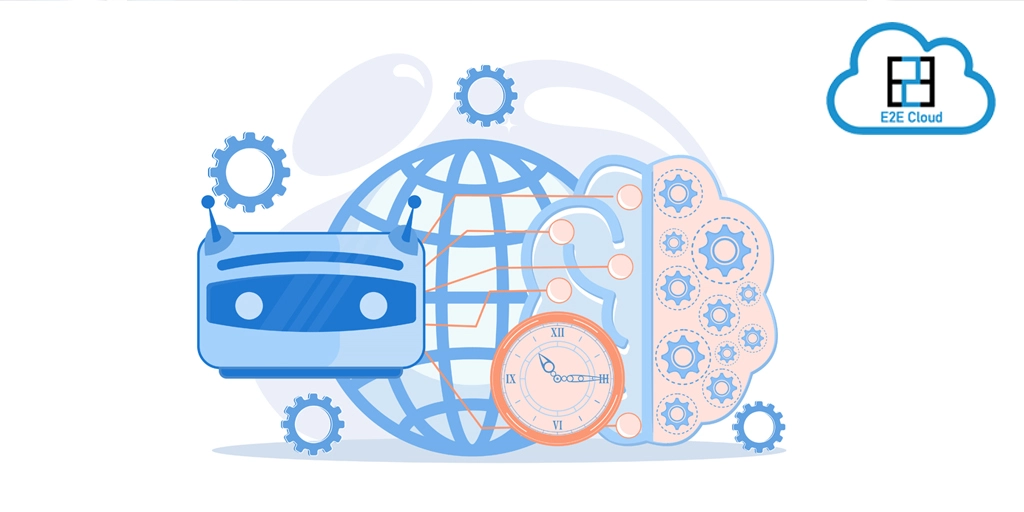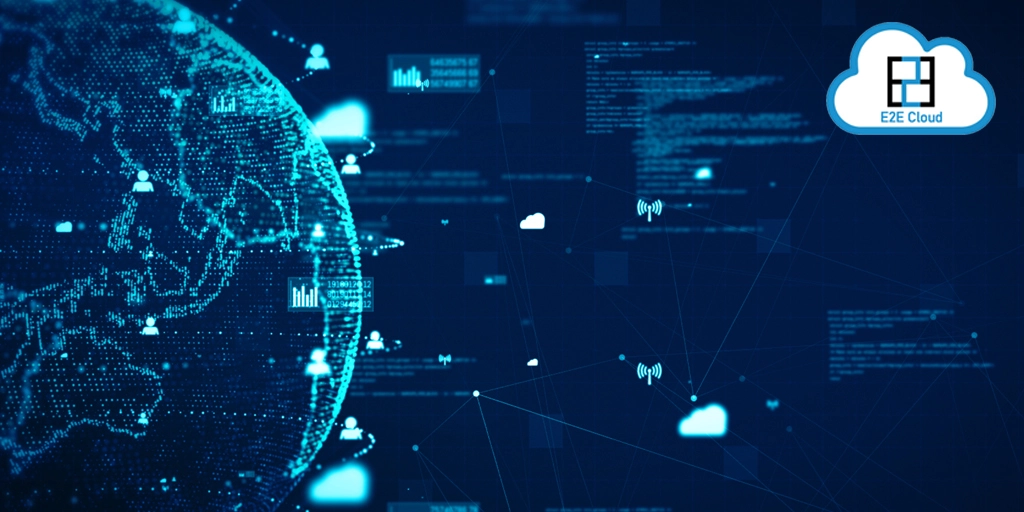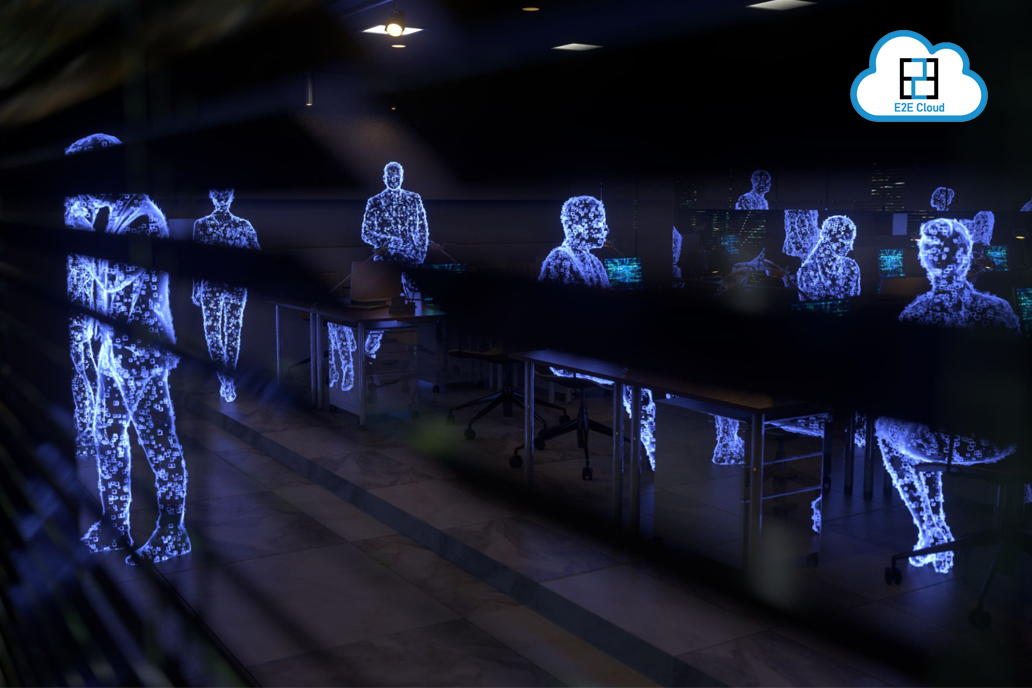There is a huge possibility to boost productivity in the cities, retail operations, production lines, and warehouse shipping and routing. The foundation has already been established, having billions of cameras and sensors put around the world, which are rich data sources. However, extracting insights from this data has proven difficult, and today's solutions are categorised for specific platforms, making large-scale artificial intelligence deployment problematic. The NVIDIA DeepStream SDK changes this. The 4.0 edition comes with a slew of new capabilities that allow developers to accomplish more in much less time.
What is DeepStream?
DeepStream SDK is a streaming intelligence toolkit that includes AI-based video and image interpretation and inter-processing. NVIDIA Metropolis, the infrastructure for building end-to-end solutions and services that translate pixels or sensory data into relevant information, includes DeepStream. DeepStream SDK includes plugins, which are hardware-accelerated building pieces for integrating deep learning models and other complicated processing systems into a pipeline. Without needing to construct comprehensive solutions from the beginning, the DeepStream SDK helps you focus on designing optimal Vision AI applications. The DeepStream SDK integrates from the edge toward the cloud and utilises AI to recognize pixels and create metadata. The DeepStream SDK can be used to create apps for various purposes, covering retail analytics, patient monitoring in healthcare facilities, optical inspection, parking management, logistics & operations management, and so on.
DeepStream gives developers the choice of developing in C/C++, Python, or reduced visual coding using Graph Composer, providing them with more development options. DeepStream applications can use gRPC to interact with individual copies of the Triton Inference Server, enabling dispersed reasoning solutions to be implemented. The DeepStream app's adaptive capture option lets you conserve valuable hard drive space on the fly using selective taping that allows for faster searchability. Cloud-to-edge communication can be used to start taping from the cloud immediately. Continuously increase accuracy with minimal downtime with seamless OTA (Over-the-Air) updates for the complete app or specific AI algorithms from any cloud registries.
DeepStream of NVIDIA is built for the following purposes
- Digital commerce — capability for classification & cross monitoring to create end-to-end apps that can yield improved customer insights like heat maps, automate checking systems, and increase loss prevention, among other things.
- Industrial surveillance – using equipment JPEG decoding and encoding and networks like YOLO and U-Net to construct programs that can remotely check production problems at a quicker rate than human detection.
- Smart mobility – IoT connection to communicate sensory data for intelligent traffic and parking apps to reduce traffic congestion, improve driver parking sensations, and offer occupancy data.
- Logistics and management – apps to filter and guide shipments in factories can be created using multiple cameras and new network topologies using the latest version of TensorRT.
DeepStream containers
DeepStream 6.0.1 supports both Jetson and dGPU platforms with Docker containers. They employ the Nvidia-docker package, allowing containers to access the appropriate GPU resources. The functionalities provided by the Docker container of DeepStream for the Jetson and dGPU platforms are described in the below section.
- dGPU's Docker Container
The NGC online portal's Containers page contains guidelines for extracting and executing the container and a summary of the components. Deepstream is the name of the dGPU container, and deepstream-l4t is the name of the container of Jetson. The dGPU DeepStream 6.0.1 device, unlike the other DeepStream 3.0 container, allows DeepStream software development inside the container. The DeepStream 6.0.1 SDK includes the same development packages and tools. A DeepStream application is often built, executed, and debugged inside the DeepStream containers. Once the application is complete, it can utilise the DeepStream 6.0.1 container as a starting point for creating the personal Docker container containing the application files.
- Jetson's Docker Container
With Container images on NGC, DeepStream 6.0.1 may be operated within containers for Jetson gadgets. Download the container and follow the procedure on the Containers page of NGC to run it. Because the Jetson device is placed inside the container by the host, the container DeepStream requires TensorRT, CUDA, and VisionWorks must be loaded on it. Before starting the DeepStream container, make sure all tools are loaded on your Jetson through JetPack. The Docker containers of Jetson are just intended for installation. They don't assist in developing DeepStream applications inside a container. Through uploading binaries to the docker images, users may build native Jetson programs and build containers for them. Conversely, users can produce Jetson containers from the workplace by following the guidelines inside the NVIDIA Container Framework for Jetson documentation's Creating Containers of Jetson onto an x86 Endpoint section.
Conclusion
DeepStream enables two-way TLS validation depending upon SSL certificates and secures messaging based on community key certification enabling secure IoT device connectivity. DeepStream SDK comes with over 30 sample applications that help customers start their programming projects.
.png)


.png)






